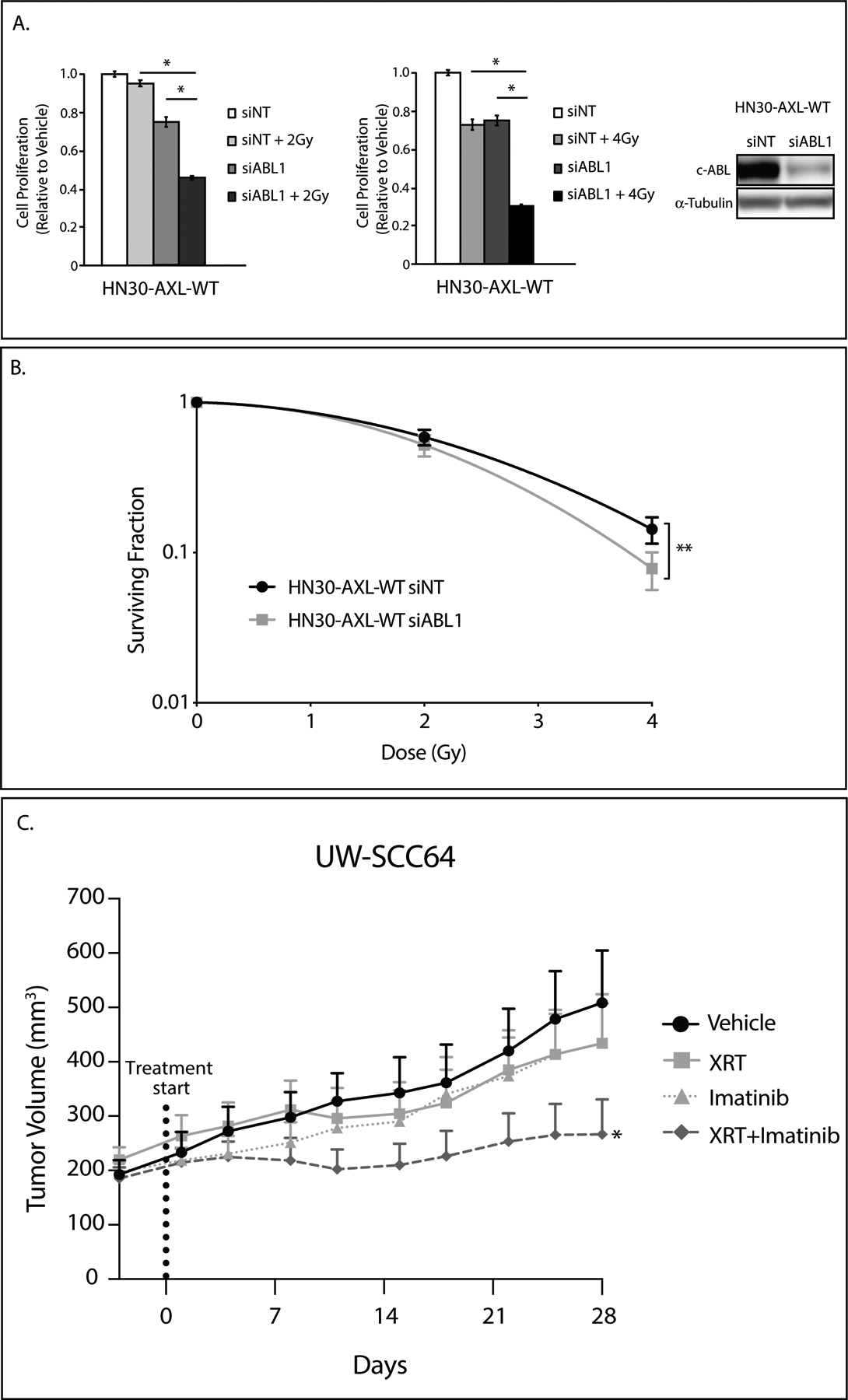Figure 6: c-ABL plays a role in radiation resistance.

A: HN30-AXL-WT cells were transfected with siABL1 or nontargeting siRNA (siNT). 24 hours later, cells were re-plated at a lower confluency. 24 hours later, cells were treated with 2Gy or 4Gy of radiation and after 72 hours of treatment, relative colony numbers were determined by crystal violet assay. siNT and siABL1 treatment data are the same for both graphs. Mean values and SEs were derived from replicates within one experiment. Statistical analyses are representative of three independent experiments. *, P<.05. siABL1 knockdown of c-ABL was evaluated by immunoblot analysis of cell lysates with α-tubulin as loading control.
B: Radiosensitivity of HN30-AXL-WT transfected with siABL1 or siNT was evaluated by clonogenic survival analysis. Cells were transfected and 24 hours later re-plated at 200 cells per well. 24 hours later, cells were treated with radiation (0Gy, 2Gy, or 4Gy). 14 days later colonies were analyzed. Mean values, SEs, and statistical analyses were calculated from replicates within four experiments. **, P<.01.
C: PDX UW-SCC64 was implanted into flanks of nude mice and treated with vehicle (oral gavage, methylcellulose, once daily) (n=11), XRT (3Gy twice weekly) (n=10), imatinib (oral gavage, 30mg/kg, once daily) (n=11), or combination of radiation with imatinib (n=18) for 28 days. Data was analyzed using linear mixed models where volume was untransformed given the presence of fully shrank tumors, resulting in volume readings of zero. *, P<.05 for combination compared to single treatments.
